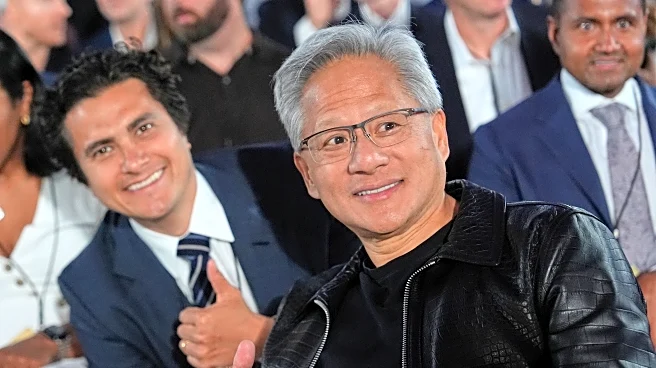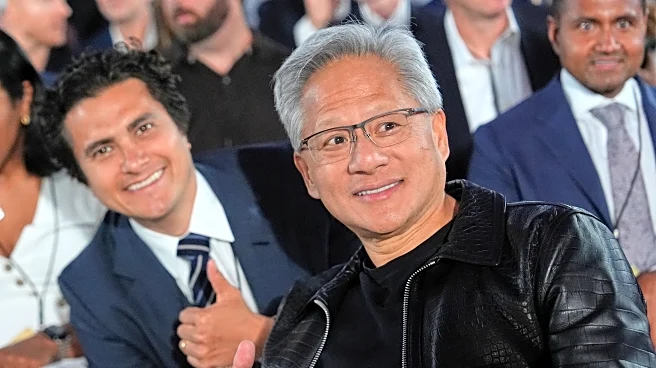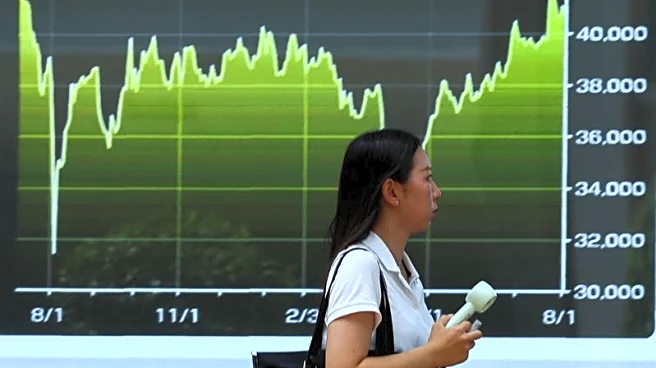Rapid Read • 8 min read
President Trump has announced a 100% tariff on semiconductor chips and related equipment imported from overseas, aiming to bolster domestic production. This move is part of a broader strategy to strengthen the U.S. semiconductor industry, which is considered vital for national security and economic infrastructure. The tariffs will apply unless companies commit to building production facilities in the United States. Major U.S.-based chip equipment companies like KLA Corp and Lam Research are expected to benefit from increased domestic demand. These companies have been performing well, with KLA reporting a 60% increase in earnings per share and a 30% jump in revenue in the latest quarter.
AD
The tariffs are designed to protect and incentivize U.S.-based production, ensuring a stable supply and safeguarding intellectual property. This move could enhance the competitiveness of U.S. companies by making foreign-made chips more expensive, encouraging manufacturers and end users to source from domestic suppliers. The policy aligns with the CHIPS and Science Act, which provides subsidies to accelerate domestic chip production. The tariffs could lead to higher margins and supply chain security for U.S. companies, supporting long-term growth and reducing reliance on overseas foundries.
The implementation of these tariffs may lead to global supply chain disruptions, affecting companies that rely on foreign-made chips. However, it also presents an opportunity for U.S. companies to expand their market share and pricing power. The exact parameters of exemptions for companies with substantial U.S. manufacturing footprints remain uncertain. As the domestic demand picture shifts, equipment makers like KLA and Lam Research may see increased capacity expansion, while chip designers like AMD and Nvidia could benefit from more homegrown manufacturing partners.
The tariffs reflect a broader trend of economic nationalism and protectionism, which could have long-term implications for global trade relations. By prioritizing domestic production, the U.S. aims to maintain a competitive edge in the global AI race and ensure national security. This policy may also influence other countries to adopt similar measures, potentially leading to a reshaping of the global semiconductor industry landscape.
AD
More Stories You Might Enjoy












